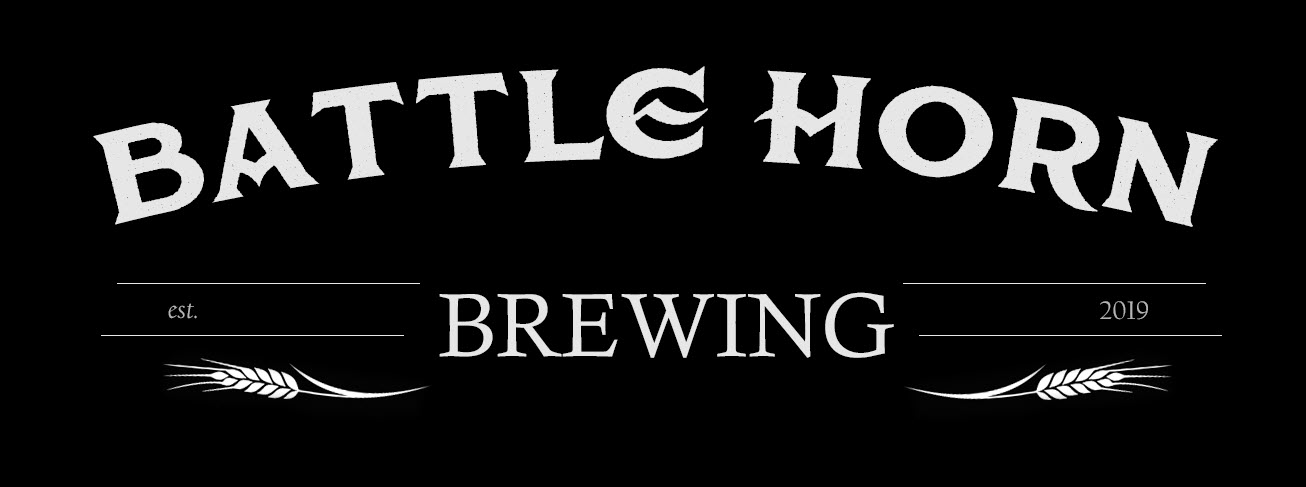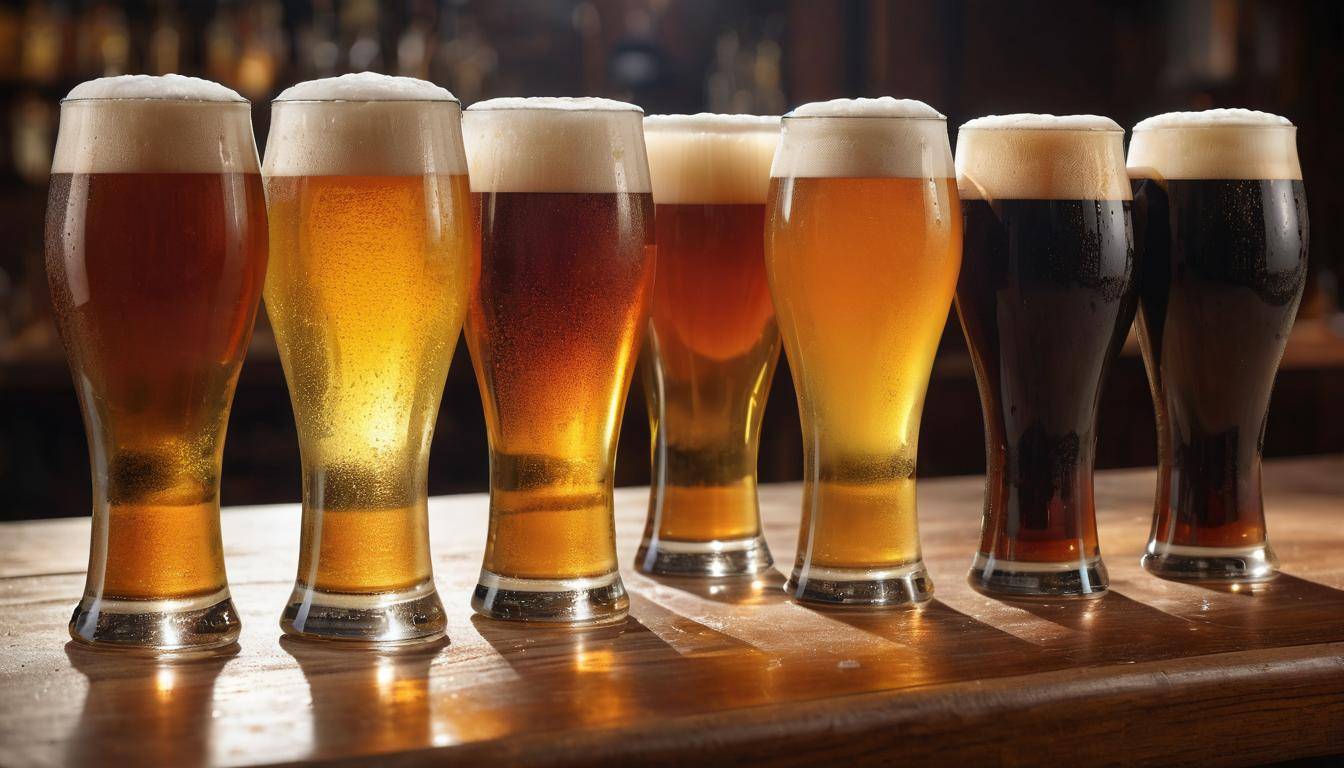
Draft beer, also known as draught beer, refers to beer that is served from a keg or cask rather than from a bottle or can, providing a fresher and often more flavorful experience. It is typically drawn through a tap system, which helps maintain its quality and carbonation while avoiding pasteurization and filtration processes that can alter its natural flavors, especially in different ale types.
- Approximately 35% of beer drinkers prefer draft beer over bottled options.
- Draft beer sales account for roughly 27% of total beer consumption in the United States.
- The average draft beer glass holds 16 ounces, containing about 0.5 ounces of alcohol per serving.
- Over 75% of pubs and bars offer at least five different varieties of draft beer.
- Craft breweries produce about 15% of all draft beer sold in North America annually.
The allure of draft beer lies in its fresher, bolder flavors that make each pint a delightful sensory experience. When visiting local breweries or experimenting with home brewing, I’ve discovered that mastering the nuances between different types of draft beers, including classic ale varieties, can significantly elevate your enjoyment. This guide is packed with insights from seasoned brewers and extensive research, aiming to answer all your questions about this fascinating beverage, from the ideal CO2 pressure settings to maintain the perfect carbonation level to the intricacies of draft beer systems.
Understanding what sets draft beer, draught beer, and keg beer apart from bottled beer is crucial in avoiding common pitfalls, such as poor serving techniques that rob you of the optimal taste and flavor experience. While pouring from a keg or having beer on tap may seem simple, there’s an art—almost a science—involved, especially when adjusting carbonation levels and CO2 pressure. According to the Alcohol and Tobacco Tax and Trade Bureau, these factors are essential for serving draught beers correctly. Whether you’re enjoying draft beer from beer bottles or directly from barrels, the freshness and complex flavor are hard to replicate. The Brewers Association highlights that draft beers, with their minimal processing, deliver American beer enthusiasts a superior taste experience compared to bottled beer. Let’s dive into everything you need to know about draft beer, starting with why it is a favorite choice for its robust taste and quality.

What is Draft Beer?
Draft beer, often referred to as draught beer in some parts of the world, is a refreshing beverage served directly from a keg or cask rather than bottled or canned. This method preserves the beer’s freshness and enhances its overall flavor profile. The process helps retain more of the beer’s natural ingredients, meaning every sip can offer a richness that you may not experience with traditionally packaged beers. Mastering draft beer systems, including the right CO2 pressure, ensures that the served beer maintains the perfect carbonation level, delivering a satisfying taste with every pour.
According to the Alcohol and Tobacco Tax and Trade Bureau (TTB), draft beer is defined as beer poured from containers larger than one gallon through a tap system. When you enjoy a pint of draft beer, it undergoes less pasteurization and filtration. This minimal processing allows the beer to maintain essential flavors and aromas, delivering a smoother and more complex taste. The precise regulation of CO2 pressure in draft beer systems is essential for maintaining the optimal carbonation level, which further accentuates the beer’s natural flavors.
Historically speaking, the term “draft” originates from the Old English word meaning to “pull” or “draw.” This rich heritage spans centuries, wherein beer was drawn from casks using hand pumps—an art form still appreciated today at many pubs and breweries. The evolving methods have kept pace with technology yet retained traditional roots. Modern draft beer systems now incorporate sophisticated controls over CO2 pressure, which is crucial for ensuring each pour of IPA or stout meets the expected standard. As you sip on your favorite ale, consider how long this method has been in practice.
Understanding these fundamentals provides valuable insight into each pour’s unique qualities, paving the way for exploring techniques involved in serving this beloved beverage correctly. This includes adopting best practices from seasoned experts on how to manage the carbonation level and other essential aspects.How Draft Beer is Poured
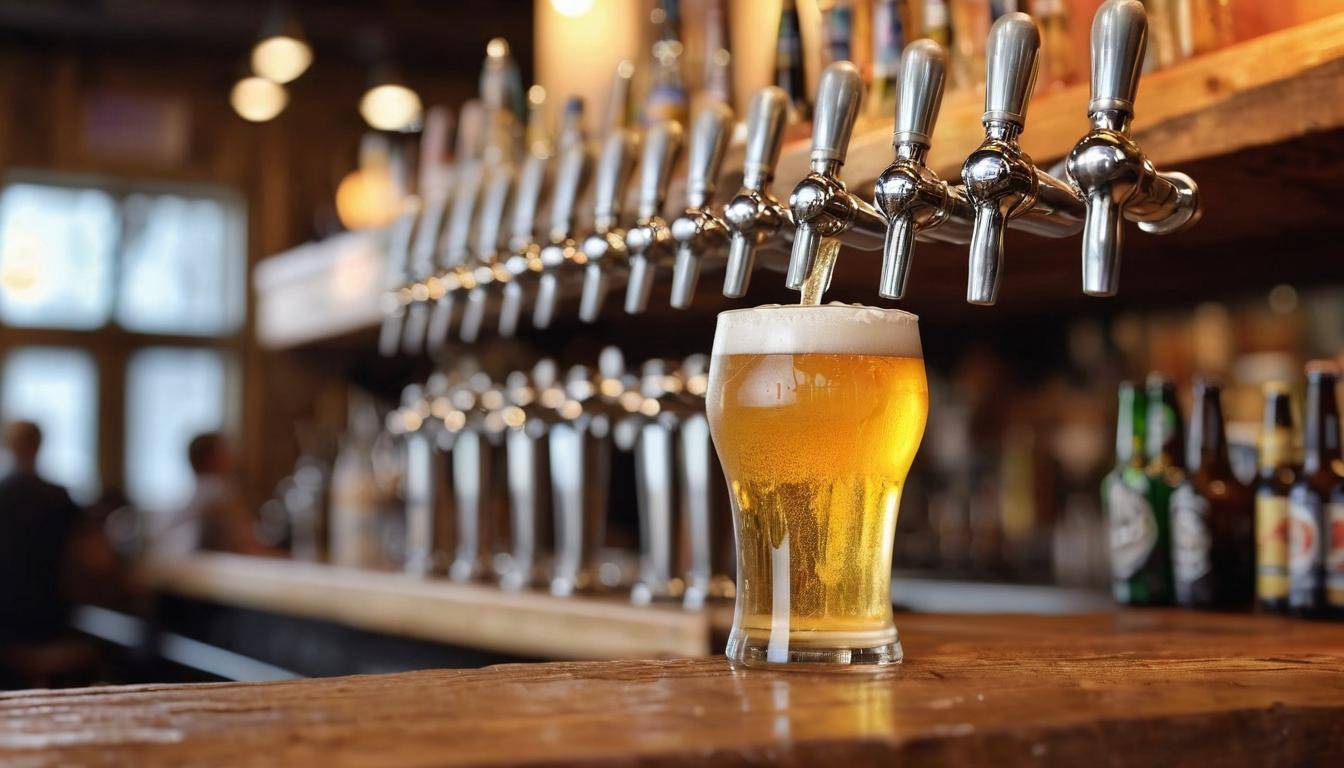
Pouring draft beer might seem straightforward, but to achieve that perfect pint requires a careful approach to technique. It starts with the glass – achieving a clean and suitable vessel is essential because even the smallest residue can affect the beer’s aroma and flavor. Ensuring your glass is clean and free of any soap or detergent residues will set the stage for pouring a great draft beer. A well-maintained draft beer system, including precise control of CO2 pressure, ensures the beer’s ideal carbonation level for this essential step.
Step I – Preparing the Glass
Start by holding the glass at a 45-degree angle directly beneath the faucet. This position reduces air bubbles during the initial pour, which prevents excessive foam from forming right away. Interestingly, this angle is crucial in setting up your pour for success. With the right CO2 pressure, your ale or chosen draft beer will exhibit its intended carbonation level, enhancing the aroma and flavor experience of every pint.By tilting the glass, you allow the beer to gently cascade down the side, preserving carbonation while minimizing aggressive bubbles. This method is crucial for maintaining the delicate balance of flavors contributed by the hops and malt, essential ingredients that define the character of the beer and are appreciated by discerning customers.
After preparing the glass, it’s time to move on to the critical function of opening the tap. This is a moment customers eagerly anticipate, hoping for a perfectly poured draught to enjoy.
Step II – Opening the Tap
Pulling the tap handle all the way down ensures that beer flows smoothly without interruption, avoiding any partial closures that can result in excessive foam rising too quickly. Let the stream of beer hit the middle of the glass’s side – this method helps control the flow and creates an optimal filling experience. Timing is important; try not to rush, as each moment contributes to achieving that ideal presentation.
Now that you’ve got your glass filled halfway without too much foam, it’s time to adjust the angle for that perfect finish.
Step III – Changing the Angle
Gradually straighten the glass as it fills, aiming for a head of approximately 1 to 1.5 inches. This transition enhances aesthetics and enriches the sensory experience—proper foam acts like a protective layer, containing aromatic compounds that preserve flavor. That head isn’t just there for show; it’s essential in heightening your enjoyment of each draught.
Achieving proper head foams keeps your beer fresh longer by minimizing oxidation—so cherish that beautiful crown!
With these carefully executed steps, pouring draft beer becomes an art form, making each sip truly worthwhile before we turn our attention to how it compares with other packaging methods.
Draft vs. Bottled/Canned Beer
When reaching for a refreshing drink, the choice between draft and bottled or canned beer often comes down to personal preference, but the nuances between them can significantly influence your overall experience.
Draft beer shines in its freshness. Nothing compares to the sensation of tasting a freshly tapped keg—it’s like drinking straight from the source. This energetic delivery method means that breweries usually ship kegs rapidly, ensuring the beer arrives at bars with very little lag time. This freshness can actually alter the flavors, so you’re getting a taste nearly identical to what the brewer intended.
Taste testing backs this up; according to data from the Brewers Association, 76% of beer enthusiasts find draft beer superior in that department. It’s worth noting that draft beers are often not pasteurized, a process that bottled and canned beers undergo to enhance their shelf life. Pasteurization can sometimes introduce slight flavor changes, which may or may not be noticeable depending on individual tastes.
“A brewery’s craftsmanship is most accurately represented when enjoyed fresh from a keg.”
In addition to freshness, there’s also a marked difference in how both types of beer are processed before reaching your glass. Bottled and canned beers generally go through strict filtration processes designed to eliminate yeast and proteins, resulting in a crisper, more consistent drinking experience. While this sounds good, it can lead to less depth of flavor compared to many draft options that embrace these elements for a fuller body and complex taste profile.
Furthermore, the carbonation levels differ as well; typically, draft beer has smoother carbonation because of how CO2 is delivered directly through the tap system. The presence of expertly managed hops and malt further enhances the experience, ensuring that each chilled glass offers a uniquely satisfying taste for all customers.This contrasts with cans and bottles, where natural carbonation may lead to more variability based on production methods. For instance, the frothy head of a beer served from a dispenser often captures the essence of freshly poured drafts, something that packaged options might not consistently deliver.
A deeper dive into consumption habits shows that many drinkers prefer draught simply because it provides an engaging social atmosphere—there’s something lively about sharing a pint poured from the tap with friends as opposed to cracking open an individually sealed bottle at home. Each method offers its own perks, but understanding how serving impacts taste enhances the experience immensely. In many American taverns, the act of visiting a local bar with a frothy pint from a dispenser highlights this communal connection.
Because of these variations, choosing between draft and bottled/canned beer doesn’t just involve taste preferences; it’s also about context and environment. For instance, grabbing something cold from the tap might be ideal during a summer barbecue while a meticulously crafted bottled stout might shine on a chilly evening by the fireplace. The cellar-like coolness of a basement bar or a professional dispenser ensures the ideal serving temperature, enhancing the flavors whether it’s at an outdoor gathering or a quiet night in.
As you explore your options between these two popular forms of beer, it’s essential to consider the types available and how they cater to your particular tastes and experiences. Whether you’re at an American bar or setting up your draft system at home, personalizing your beer experience makes all the difference.
Types of Draft Beer

1. Draft Lagers and Pilsners
Lagers and pilsners are champions of refreshment, celebrated for their clean, crisp taste. They undergo a longer fermentation process at cooler temperatures, resulting in a smooth finish that many beer drinkers crave. Their balance of subtle sweetness with light bitterness makes them incredibly versatile. This approachable nature often appeals to those new to craft beers or anyone wanting to enjoy a lighter style without compromising on flavor. If you’re seeking a delightful experience, consider trying Battlehorn Brewing’s Golden Warrior Lager, known for its refreshing profile and widespread appeal which is often perfectly served with a well-maintained dispenser system.
2. Draft IPAs
Now, let’s explore the world of India Pale Ales (IPAs). These beers are anything but ordinary; they’re packed with intense hop flavors, offering floral, fruity, and citrus notes that create an explosion on your palate. The diversity within this category is remarkable, ranging from West Coast IPAs with their piney bitterness to New England IPAs presenting luscious tropical fruit characteristics without much bitterness. For a shining example, Battlehorn’s Titan Haze IPA delivers an exciting hop aroma paired with a slight bitter finish that leaves enthusiasts craving another sip, especially when shared in the lively, frothy ambiance of an American taproom.
3. Draft Stouts and Porters
When the weather turns colder or if you simply desire something hearty, stouts and porters come to the forefront. Rich and full-bodied, these dark beers enchant with roasted flavors reminiscent of coffee and chocolate, making them ideal companions for cozy evenings or robust meals. Their depth and complexity often reflect brewing traditions passed down through generations. If you find yourself gravitating toward richer brews, you might want to sample Battlehorn’s Blacksmith Stout, which embodies these robust characteristics beautifully. The enjoyment is often deepened when consumed in a warm, inviting space like a home cellar or local pub.
Setting Up a Home Draft System
The first step in creating your home draft system involves selecting an appropriate location. It’s important to find a cool, dark area, as temperature fluctuations and light exposure can impact the quality of your beer. Most enthusiasts prefer basements or garages for their stable temperatures and lower levels of sunlight. An American-style basement bar, equipped with efficient coolers and a reliable dispenser, serves as an ideal retreat for beer enthusiasts to relish the perfect pint in the comfort of their own home.If those options aren’t available, look for a spot in your home that maintains a consistent temperature away from direct heat sources like radiators or sunlight streaming through windows. A proper environment will help in maintaining the beer’s flavor profile over time, a factor that is crucial as people explore various beer styles, each with its unique attributes and recommended storage conditions.
After determining where you’ll set up your draft system, the next crucial element is to assemble the right equipment, which is essential whether you’re a fan of high or moderate abv beer styles.
When it comes to putting together a draft system, there are several essential components you’ll need. The core pieces necessary for operation include a keg, a CO2 tank, a regulator, beer lines, and a tap system. These parts work together harmoniously to deliver your favorite brews directly from the keg to your glass, satisfying the preferences of people who appreciate diverse beer styles.
Step II – Assembling the Equipment
You can simplify this process by purchasing bundled kits that package these components together—this not only saves you time but also ensures compatibility among the pieces, a benefit especially welcomed by people venturing into home brewing.
Investing in high-quality materials will enhance the longevity of your setup and improve your pouring experience, accommodating different beer styles with varying abv levels.
Once you’ve gathered all the necessary equipment, it’s time to install the system properly.
Installation may seem daunting at first, but following the manufacturer’s instructions will make it straightforward. Begin with connecting the beer lines securely to the keg; ensuring these connections are airtight is pivotal in preventing leaks and maintaining the desired carbonation for all abv beer styles.
Step III – Installing the System
Next, attach the CO2 tank and set it according to recommendations for optimal pressure—typically between 10-14 PSI for most beers, adapting to the specific requirements of different beer styles. Finally, install your tap system. Make sure everything feels snug and secure; loose connections can lead to frustrating issues later on, affecting the enjoyment people derive from their beer tasting experience.
Now that everything is installed correctly, routine check-ups are necessary to maintain performance.
Maintaining your draft system isn’t just about cleaning—it’s about preserving flavor and freshness too. Regularly clean your beer lines and taps, ideally every two weeks or at least monthly depending on usage frequency. This practice prevents unwanted buildup and harmful bacteria while ensuring that each pour tastes as delightful as the first one, no matter the beer style.
Step IV – Regular Maintenance
A good approach is to use a dedicated cleaning solution specifically formulated for beer lines; this will keep everything sanitary without diminishing the quality of your beloved brews, an essential aspect for people conscious about savoring different abv beer styles.
With your system up and running smoothly, having the right equipment remains central to ensuring superior beer quality at home. Next, we’ll explore how to select the most suitable tools for achieving that perfection.
When it comes to establishing a compelling draft beer setup, the type of equipment you choose can profoundly influence both the quality of your brews and how easy they are to serve. For example, a Cornelius keg, often referred to as a “Corny keg,” is favored for its portability and versatility, making it perfect for home enthusiasts. Available in various sizes, it allows you the flexibility to manage different batch sizes while ensuring freshness across a range of beer styles.
Choosing Draft Equipment
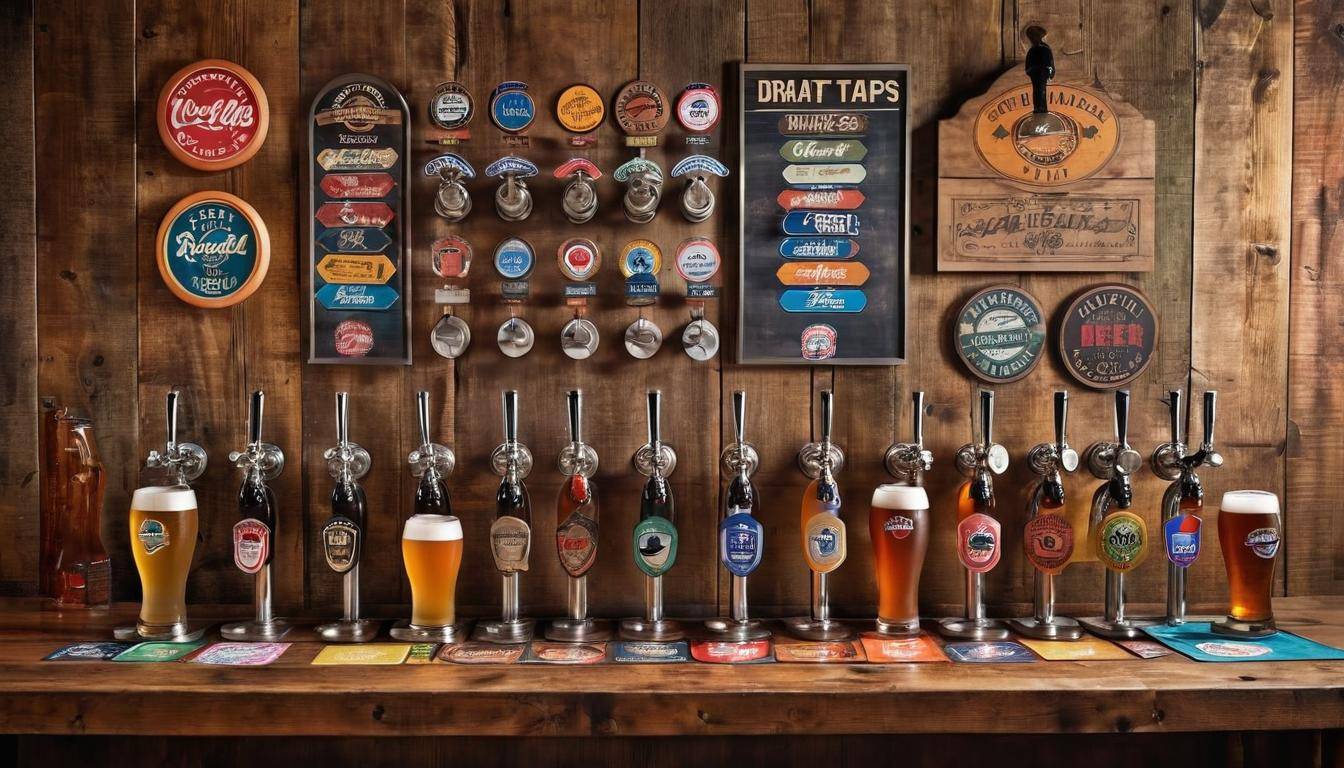
Next, let’s not overlook the importance of having a decent CO2 tank.
Next, let’s not overlook the importance of having a decent ***CO2 tank***. Going for a ***5-pound aluminum CO2 tank*** is ideal, as it provides enough pressure without taking up much space. Plus, an aluminum tank is lightweight and portable, which is great if you plan on taking your setup for gatherings or events. Ensuring that the CO2 system is in good shape will ultimately prolong the life of your draft system and keep your beers properly carbonated.
Beyond storage and gas supply, another critical component in your setup is the ***regulator***.
A ***dual gauge CO2 regulator*** is particularly beneficial because it gives you a visual understanding of both the pressure within the tank and the pressure that regulates your beer lines. Monitoring these pressures helps ensure a consistent pour while preventing over-carbonation or flat beer. This piece of equipment is vital; proper pressure management safeguards against potential foaming issues that can ruin an otherwise perfect glass of beer.
Speaking of lines, using ***FDA-approved vinyl tubing*** for your beer lines is non-negotiable. This material provides safety assurance while being robust enough for regular use. Not only does it enhance durability, but also ensures that your drink remains uncontaminated by harmful substances—after all, nobody wants any lingering flavors from inferior tubing in their pint.
Now that we have discussed lines, let’s consider the solution for dispensing your brew.
One feature that stands out in many professional setups is the ***Perlick forward-sealing tap*** system. This unique design minimizes foaming issues remarkably well while helping maintain freshness between pours. When you pull this tap handle, it opens a valve that allows beer to flow without introducing air into the line—this means fewer leftover drops that might spoil after shutting off! Choosing this kind of tap can significantly enhance your pouring experience and keep maintenance hassle-free.
| Equipment | Recommendations | Notes |
|---|---|---|
| Keg | Cornelius Keg (Corny Keg) | Commonly used, various sizes |
| CO2 Tank | 5-pound Aluminum CO2 Tank | Portable and sufficient for home use |
| Regulator | Dual Gauge CO2 Regulator | Allows easy monitoring of pressure |
| Beer Lines | FDA-approved Vinyl Tubing | Safe and durable |
| Tap System | Perlick Forward Sealing Tap | Reduces foaming issues |
Investing in quality draft equipment is about creating an outstanding drinking experience for yourself and your guests. Regular maintenance combined with solid equipment will ensure every pour brings out the best flavor in your favorite beers—making those moments spent sharing drinks with friends delightful and memorable.
As we explore further, let’s uncover how to truly enjoy this craft in social settings where camaraderie flourishes over shared pints.
Enjoying Draft Beer in Pubs and Bars
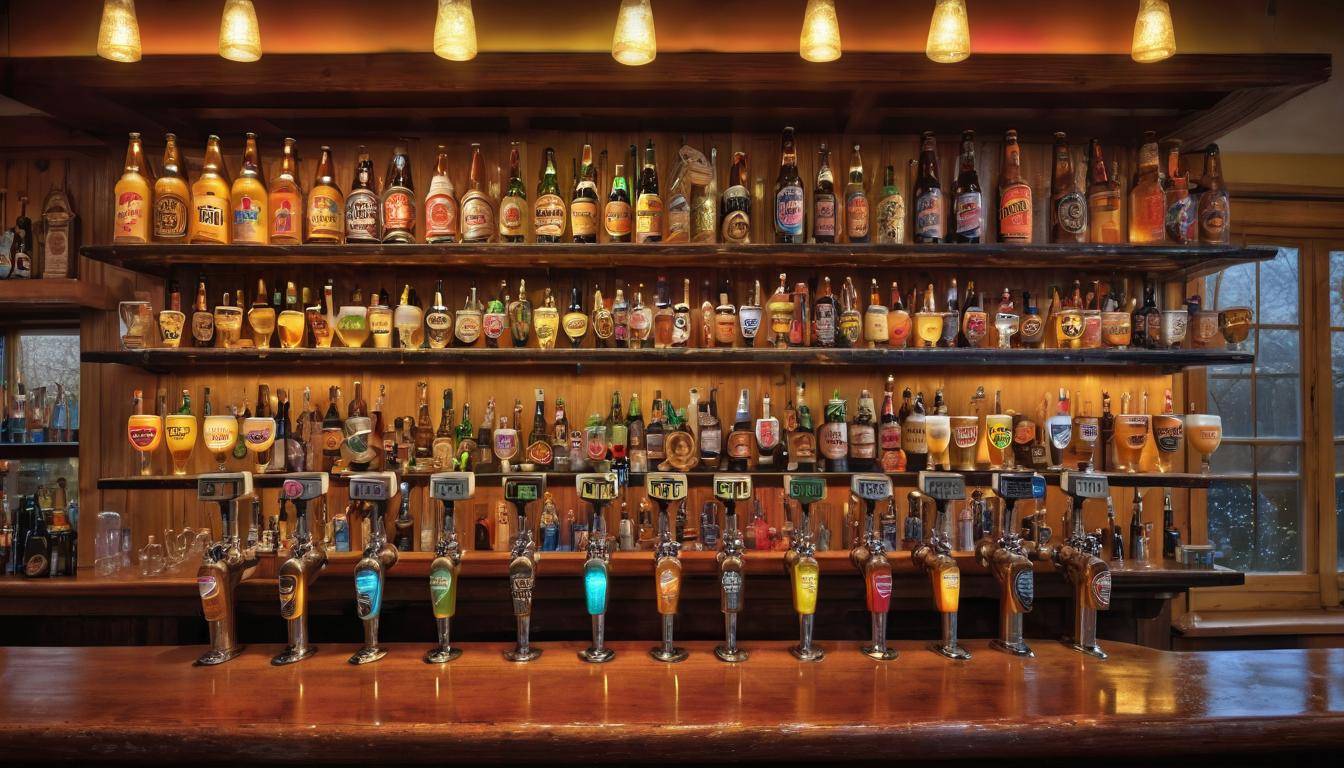
When you step into a lively pub, the atmosphere buzzes with excitement and the clinking of glasses. This setting transforms beer drinking into something more communal, where every sip taken amidst friends enhances the moment. The joy of exploring local brews, like the variety offered at Battlehorn Brewing, adds another layer of excitement. With around 24 taps featuring unique creations and seasonal specials, there’s always something new to discover.
Drinking draft beer straight from the tap offers an unmatched freshness that bottled beverages can’t replicate. The flavor profile is generally cleaner and more vibrant, as kegs are filled closer to serving time, preserving the beer’s intended taste. For many enthusiasts, the essence of freshly tapped beer lies not only in its crispness but also in its connection to the place it represents.
As one local regular said, *”The best part about my neighborhood bar is getting to try beers crafted right here from small-batch breweries. Each pint tells a story.”*
It’s important to pay attention to the particulars of your drinking experience. When enjoying draft beer in a bar setting, take a moment to savor it properly. Observe how the pour creates a foam head—ideally about 1-2 inches—to enhance aromatic qualities. Many overlook this detail, but a proper pour can elevate your overall tasting experience dramatically.
Make sure to take note of any special events these establishments might have, such as sampling nights or brewery takeovers. You can often meet brewers themselves while tasting their creations, which adds personal connection to your draft experience.
As you engage with bartenders, don’t hesitate to ask questions about the beers on tap. They’re usually knowledgeable and can recommend specific pints based on your palate preferences. Engaging in conversation enriches your understanding of each brew and can lead to discovering new flavors and styles.
Ultimately, enjoying draft beer in pubs goes beyond simply socializing over drinks; it fosters community around craft beer culture. Each visit provides an opportunity for fellowship and discovery, creating experiences that linger long after the last sip is taken. So next time you find yourself in a bustling tavern or intimate bar like those featuring Battlehorn’s offerings, embrace this unique experience where flavor and tradition blend together seamlessly.
In conclusion, whether you’re a novice or a connoisseur, embracing the world of draft beer can deepen your appreciation for craft brews, turning each outing into a memorable adventure.
What types of beers are most commonly offered on draft in bars and restaurants?
The most commonly offered types of beers on draft in bars and restaurants include lagers, pale ales, stouts, and IPAs (India Pale Ales). Lagers are particularly popular due to their refreshing taste and broad appeal, while IPAs have surged in popularity, accounting for nearly 25% of craft beer sales in recent years. Draft offerings often reflect local preferences and trends, with a rotation of seasonal and specialty brews that cater to adventurous palates.
How important is the cleanliness of the draft system in maintaining the quality of draft beer?
The cleanliness of the draft system is crucial for maintaining the quality of draft beer, as it directly affects flavor, aroma, and overall freshness. Bacteria and residues can lead to off-flavors and spoilage, compromising the beer’s taste. Studies indicate that up to 25% of draft lines can harbor unwanted microorganisms if not cleaned regularly, potentially resulting in a significant decline in product quality and customer satisfaction. Regular maintenance not only ensures a better drinking experience but also protects breweries’ reputations and profits.
What role do keg size and type play in the freshness and availability of draft beer?
Keg size and type significantly influence the freshness and availability of draft beer, as larger kegs typically hold more beer, reducing the frequency of tapping and exposure to oxygen, which can spoil the beer’s taste. For instance, a standard half-barrel keg (15.5 gallons) maintains its freshness longer than a smaller quarter-barrel keg due to less frequent sales and fewer servings that expose beer to air. Additionally, different keg materials, such as stainless steel versus plastic, can affect temperature retention and overall preservation of flavor, with metal kegs generally providing better insulation and minimizing light exposure which helps maintain the beer’s quality over time.
What are the advantages of drinking draft beer over bottled or canned options?
Drinking draft beer offers several advantages over bottled or canned options, primarily due to its freshness and superior taste. Draft beer is typically brewed on a larger scale and served directly from kegs, which can mean less time between the brewery and your glass, resulting in a fresher product. Additionally, draft beer often has a lower incidence of light exposure and oxygen interaction compared to bottles and cans, preserving its flavor profile better; studies suggest that kegged beer retains its quality up to 30% longer than packaged alternatives. Finally, many bars serve local craft beers on draft, providing patrons with unique tasting experiences that bottled or canned options might not offer.
How does the storage and serving method of draft beer affect its flavor profile compared to bottled beer?
The storage and serving method of draft beer significantly influences its flavor profile due to factors such as oxygen exposure, temperature control, and carbonation levels. Draft beer is typically stored in kegs, which are sealed environments that minimize oxidation and preserve freshness, preserving the beer’s intended taste for a longer duration compared to bottled beer, which can be subject to varying levels of light and air that can lead to off-flavors. Studies suggest that draft beer can maintain its optimal flavor for up to 45 days once tapped, while bottled beers may begin to degrade in taste within just a few weeks under improper conditions. The precision in serving temperature and pressure in draft systems also allows for better foam stability and flavor release, enhancing the overall drinking experience.
